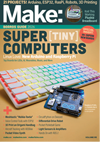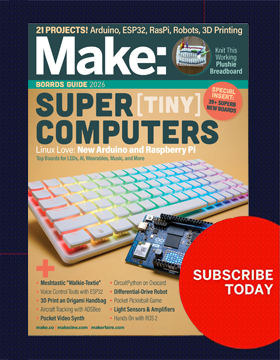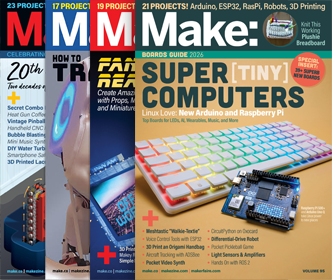Now That’s a Lathe
At the extreme opposite end of the spectrum from “hobby” machine tools are those used to build ships and power plants. I have no technical details about the lathe shown above, but the photograph was taken in 1957 or 1958 at the Doxford Engine Works in Pallion, England. If you like it, don’t miss the gallery over at Ships Nostalgia about English shipwrights William Doxford and Sons. It’s chockablock with absolutely gorgeous, amazing photographs of giant men building giant machines with giant tools.








